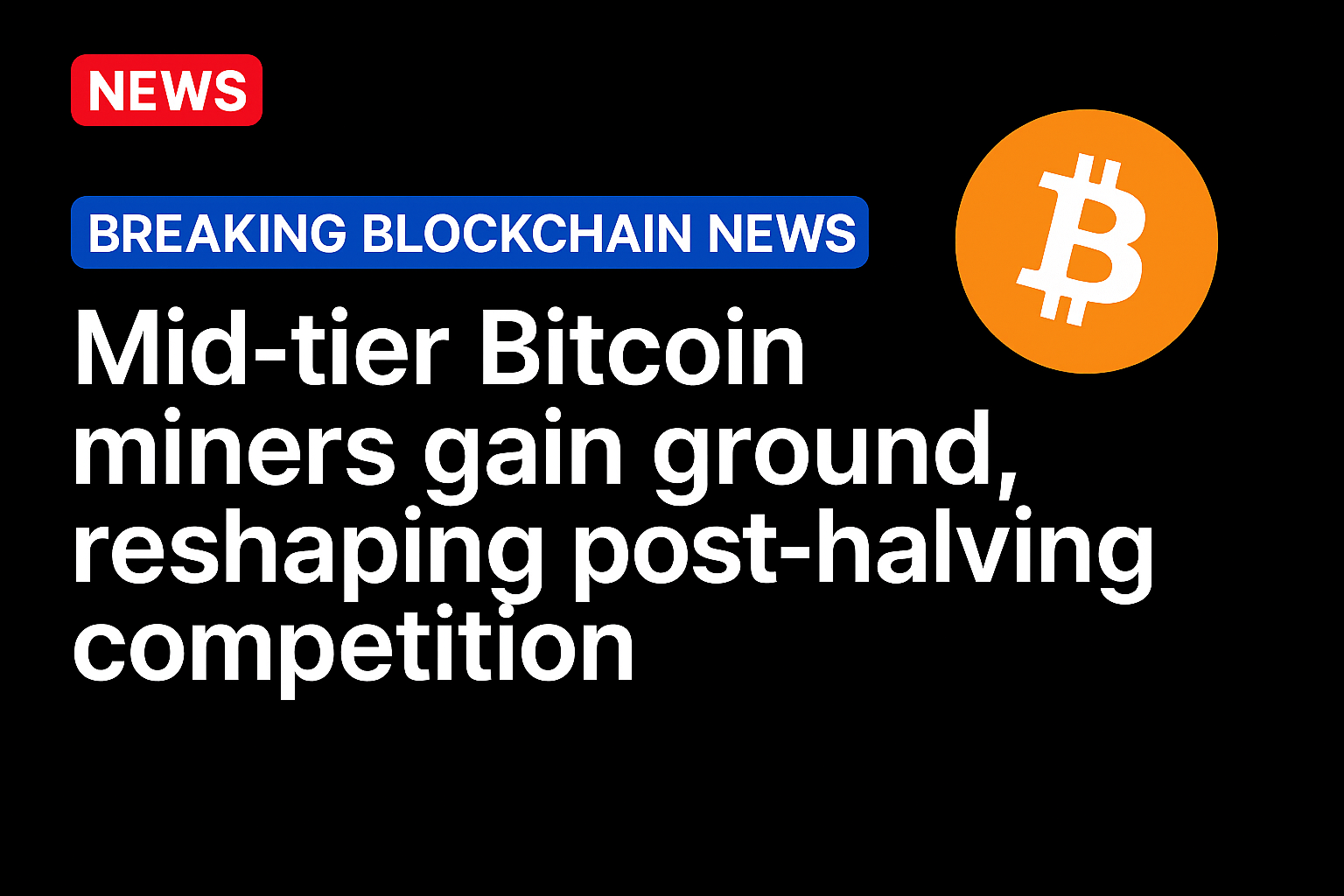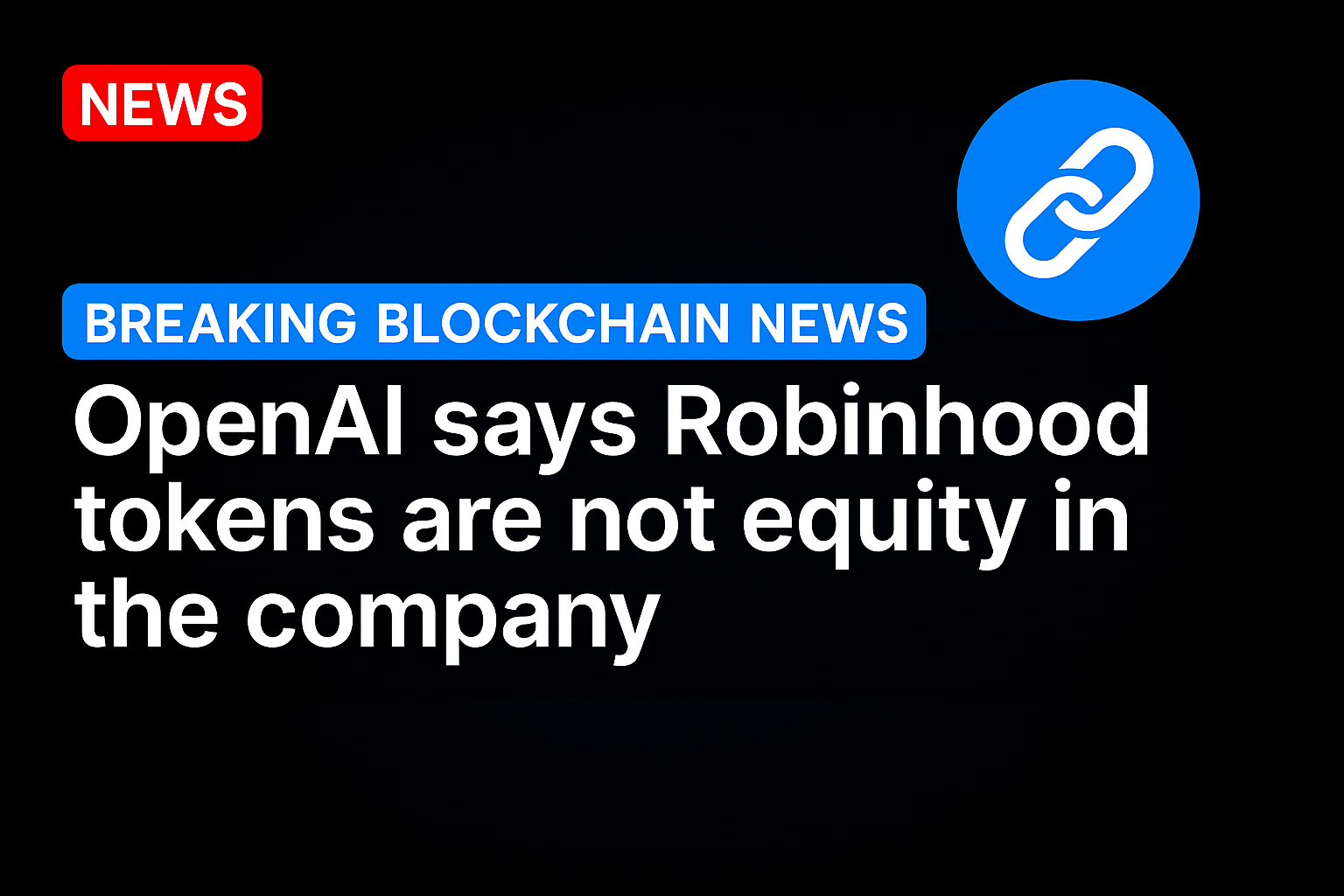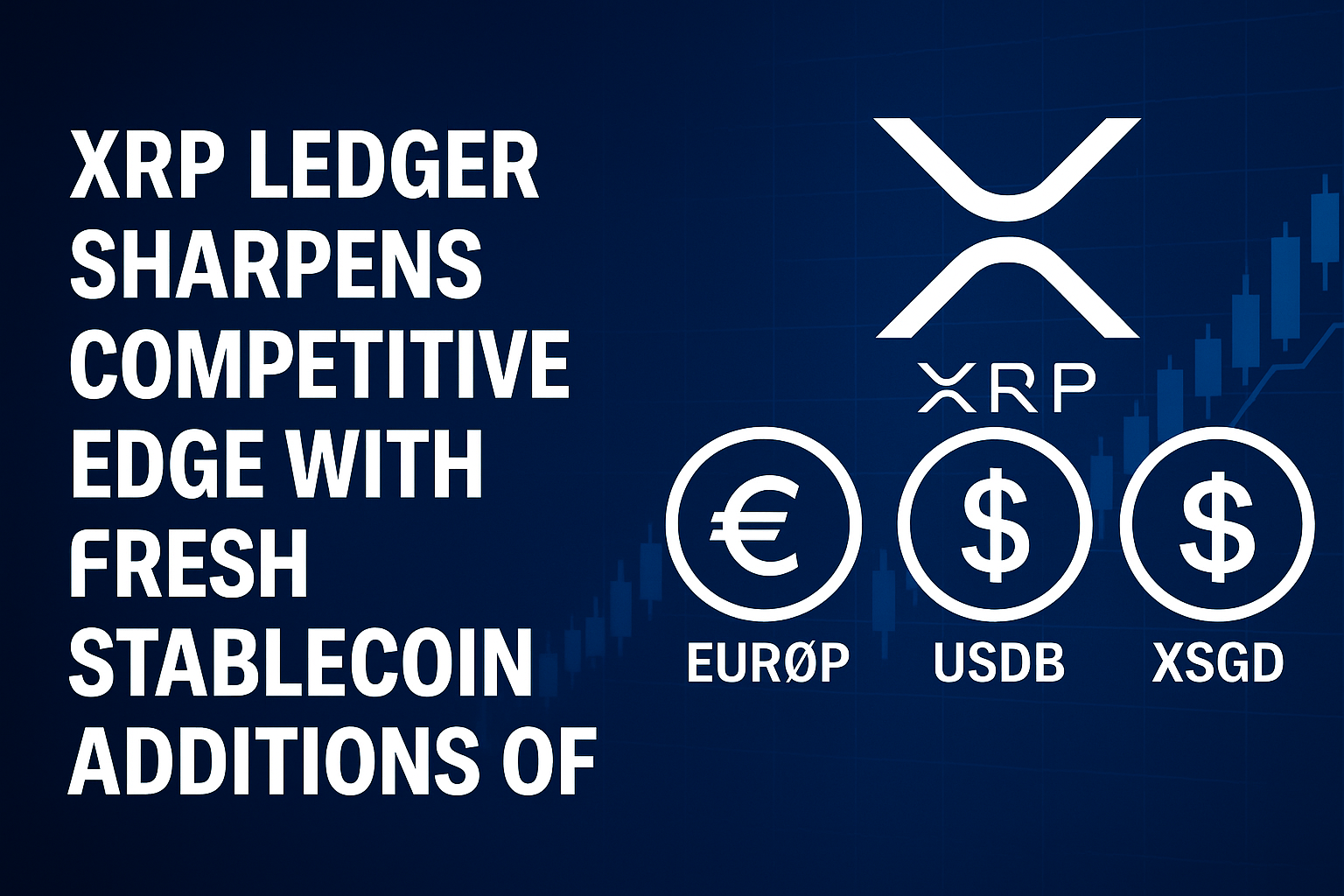Smaller Bitcoin miners surge in hashrate and debt as competition intensifies post-halving, reshaping the industry’s balance of power.
The Bitcoin mining industry is becoming increasingly competitive, with so-called tier-2 operators closing the gap on established leaders in realized hashrate — a sign of a more level playing field following the 2024 halving.
According to The Miner Mag, companies such as Cipher Mining, Bitdeer and HIVE Digital have rapidly expanded their realized hashrate after several years of infrastructure growth, narrowing the distance to top players like MARA Holdings, CleanSpark and Cango.
“Their ascent highlights how the middle tier of public miners — once trailing far behind — has rapidly scaled production since the 2024 halving,” The Miner Mag wrote in its latest Miner Weekly newsletter.
While MARA, CleanSpark and Cango maintained their positions as the three largest public miners, rivals including IREN, Cipher, Bitdeer and HIVE Digital posted significant year-over-year increases in realized hashrate.
In total, the top public miners reached 326 exahashes per second (EH/s) of realized hashrate in September, more than double the level recorded a year earlier. Collectively, they now account for nearly one-third of Bitcoin’s total network hashrate.
Hashrate represents the total computational power miners contribute to securing the Bitcoin blockchain. Realized hashrate, however, measures actual onchain performance, or the rate at which valid blocks are successfully mined.
For publicly traded miners, it also serves as a closer indicator of operational efficiency and revenue potential, making it a key metric ahead of third-quarter earnings season.
Bitcoin miners ramp up hash wars
In the race for market share, Bitcoin mining companies are taking on record levels of debt as they expand into new mining rigs, artificial intelligence infrastructure and other capital-intensive ventures.
Total debt across the sector has surged to $12.7 billion, up from $2.1 billion just 12 months ago, according to research by VanEck. The researchers noted that miners must continuously invest in next-generation hardware to maintain their share of Bitcoin’s total hashrate and avoid falling behind competitors.
Some mining companies have turned to AI and high-performance computing workloads to diversify revenue streams and offset declining margins following the 2024 Bitcoin BTC$113,459 halving, which reduced block rewards to 3.125 BTC.
Source: https://cointelegraph.com/




